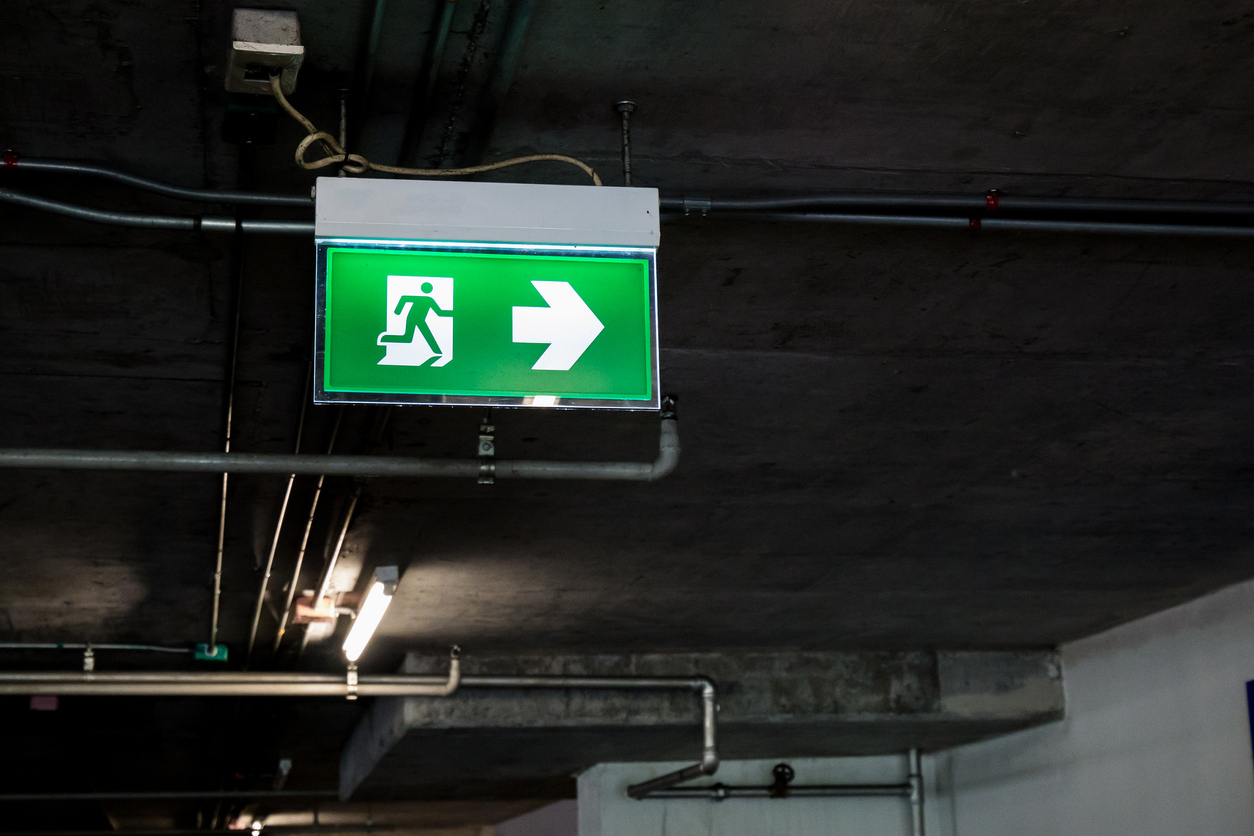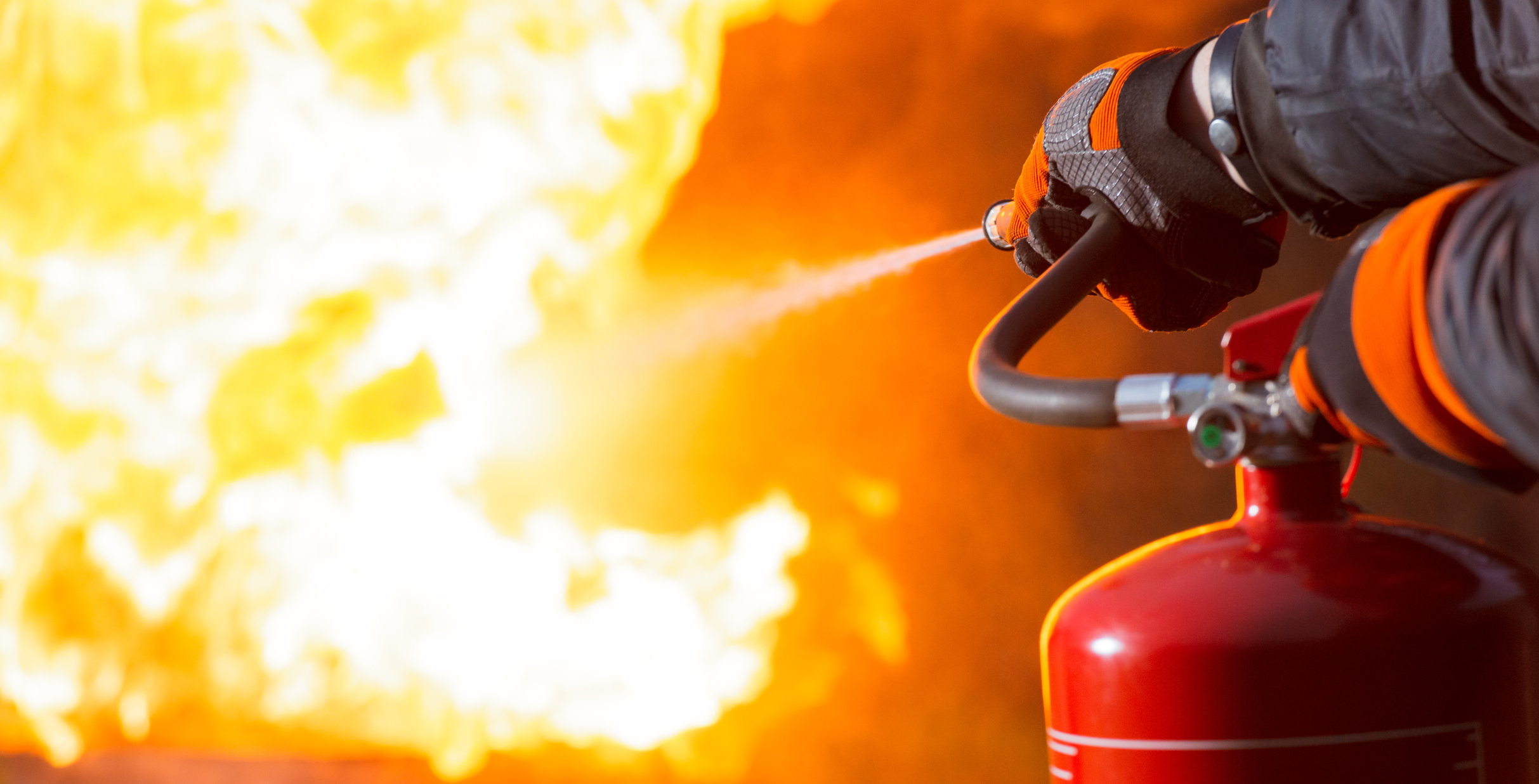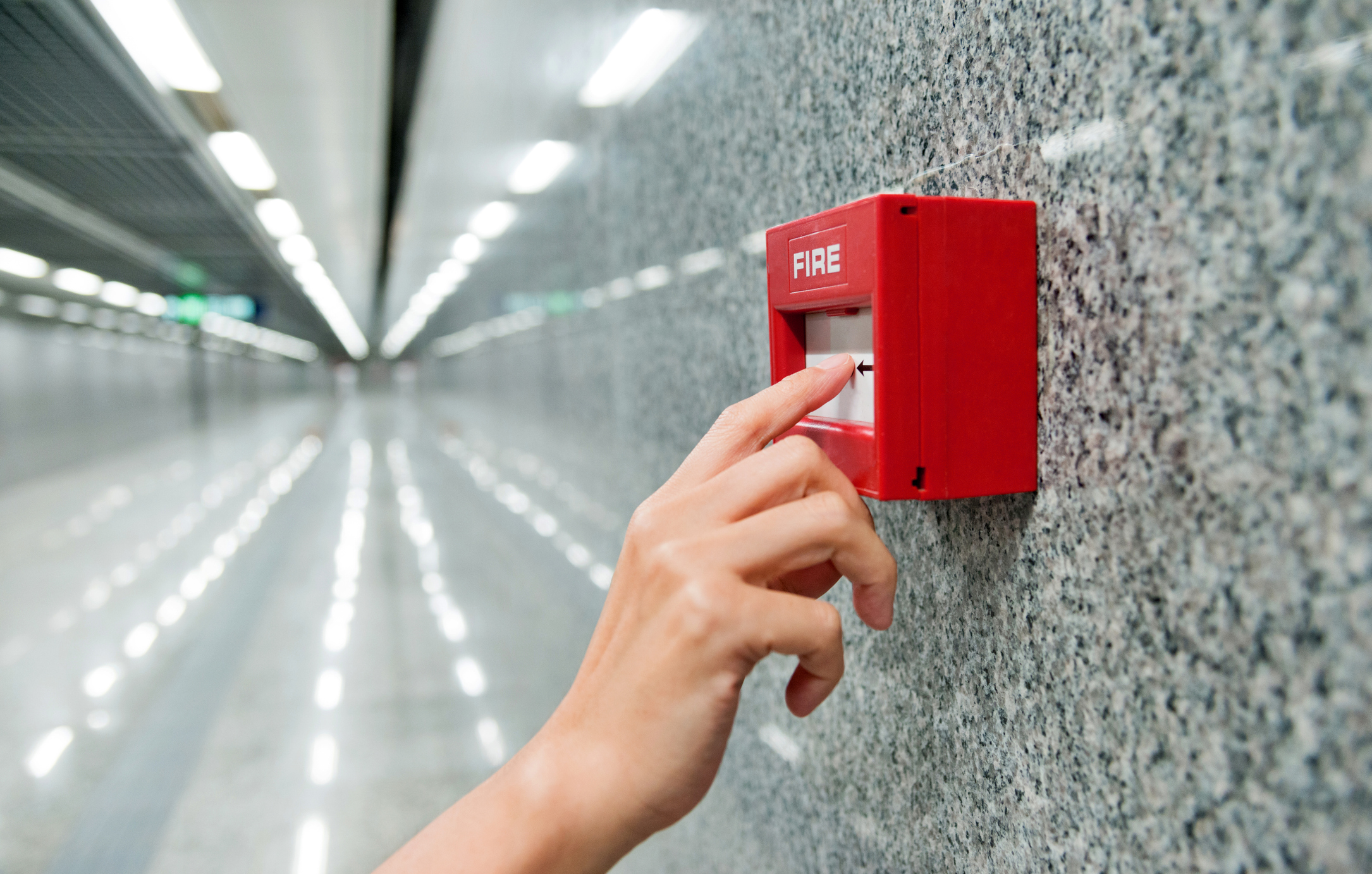
What is a Fire Evacuation Plan & How to Write One?
What is a Fire Evacuation Plan?
A fire evacuation plan is a series of steps that your organisation takes when a fire is reported on the premises. By understanding the step by step process, everyone on the premises should know where to go in the event of a fire, what to take with them and who they are reporting to once they get to a safe location. Whilst some wonder “how often should a fire evacuation plan be reviewed”, going through a constant review process and updating it as senior figures see fit is essential.
Types of Fire Evacuation Plans
There are several different types of fire evacuation plans, with each type suitable for a specific environment. The main types of plans to consider creating are:
Vertical Phased
A vertical phased evacuation involves people evacuating through a stairway, which is especially useful in buildings with lots of floors. Intelligently designed buildings feature a fire exit at the bottom of staircases, further aiding companies in using a vertical evacuation strategy for their staff.
The phased nature of the process refers to the way that people evacuate floor by floor. In a tall building, the floor with the fire gets first priority for evacuation, followed by the floors above as the fire may spread upwards. Those below are then able to evacuate, once those at risk of getting trapped are out.
Simultaneous
Simultaneous evacuation is the most common form of evacuation strategy and happens in smaller buildings such as single offices and workspaces. Everyone in the building is encouraged to leave at the same time, with a fire marshal or other designated person being responsible for making sure everyone does so in a safe manner. Crowd control is essential for this method to avoid panic.
The Importance of Having an Evacuation Plan
A fire safety plan is crucial for businesses to protect their employees, customers and assets. A solid plan ensures the safety and well-being of individuals within the premises, reducing the risk of injuries or fatalities during a fire emergency. A well-executed plan also reduces panic and enables an organised evacuation, potentially saving lives. Compliance with fire safety regulations not only prevents legal consequences but also fosters a positive reputation for a business.
What Should Be Included in Your Plan?
There are several things that you have to include in your plan. Aspects to include in a fire evacuation plan include:
· Route: The route that everyone in the premises should take in order to remain safe in the event of a fire.
· Meeting point: The meeting point that everyone is to assemble at so managers and people in authority positions can count who is present.
· Fire wardens: A list of fire wardens and those responsible for getting people to a safe location.
· Evacuation order: For a phased evacuation, include an order of phases for leaving the premises, updated as the company changes premises and locations.
Actions to Take After Hearing the Alarm
Once you hear a fire alarm, a series of events occur. Firstly, fire marshals start their duties, including wearing a high-visibility vest and instructing people on the next steps to take. Follow your plan to the letter, including having a designated person calling emergency services and evacuating in an orderly fashion, before counting people up at the emergency meeting point to ensure everyone has safely left the building. Follow these steps methodically, as skipping a step could make the situation more dangerous.
Other Fire Safety Precautions to Consider
Aside from having an evacuation plan in place, there are a few other fire safety precautions to think about. The first of these is to install fire prevention and limitation measures. Britannia Fire & Security fire extinguishers give you the resources necessary to deal with a range of fires by providing fire extinguishers of all kinds. Paired with an effective fire alarm that informs you of when a fire takes place, you can respond in a timely manner and keep everyone safe.




